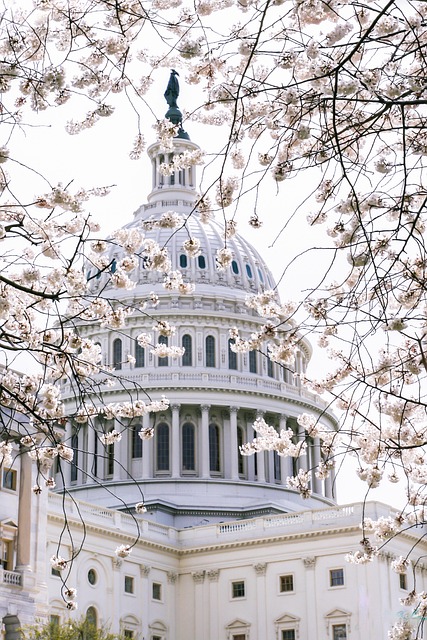One of the positive effects of less government is that it reduces the tax burden, which means people can afford to spend more. This can lead to an increase in the productivity of businesses, resulting in increased wages and incomes. Another benefit is that the cost of borrowing is reduced, which helps business owners to keep more of their profits.
Lower taxes
Taxes affect the way people spend their money, and are also one of the positive effects of less government. However, they can also have a negative impact on supply and income. In some cases, they can slow down long-term growth, and they may discourage investment.
Tax rates vary widely from country to country. For example, the United States has a top corporate tax rate of 21 percent. In contrast, Denmark has a rate of 31 percent.
Higher tax rates are associated with subpar economic performance. On the other hand, lower taxes are linked with improved economic growth and living standards. A cut in tax rates can increase economic growth, and can reduce unemployment. Lower rates can also encourage individuals to work, which can increase productivity.
Despite the potential for tax cuts to benefit the economy, there are concerns about how such policy changes would affect the rich. These concerns are grounded in the assumption that cutting taxes on the wealthy will lead to more income inequality.
Lower borrowing costs
In recent years, interest rates have been seen as a constraint on government borrowing. This is due to the fact that debt repayment is a complicated undertaking. For instance, creditors can sue a defaulter for the cost of recouping their loan. The cost of repayment also reduces the available funds for other investments. To keep borrowing costs under control, most governments have implemented a few monetary policy measures. These include lower interest rates, lower debt levels and lower budget deficits.
The key to success is figuring out which combination of the above factors will give you the most benefit. If a country has the right mix of factors, it is more likely to reap the rewards. Among other things, lowering the costs of borrowing will make it easier to attract investment, which may be a boon for small businesses. Also, in a low interest rate environment, bank deposits are more likely to fall.
Increased productivity and wages
It’s often argued that increased productivity and wages due to less government is a myth. Economists don’t really know how this relationship works. However, there is evidence of a correlation between higher productivity and wage rates.
A number of studies have shown that higher wages lead to better hiring, reduced turnover, and improved job performance. Increased wages also increase buying power.
Some economists argue that productivity has been stagnant for a long time, which explains why real wages have been on a downward trend. Other analysts argue that the recent real wage rises have been more modest than expected.
Productivity is a measure of the total economy-wide income. This includes businesses, workers, and landlords. As more productivity improves, it helps to drive overall economic growth.
Historically, productivity increases are accompanied by wage increases. In the United Kingdom, for instance, real wages have tracked productivity for 40 years.
The simplest way to explain why is through a simple economic formula. Wages are determined by supply and demand. If the price of labor is raised, companies will pass the costs of the wage increase onto consumers. To maintain constant profits, companies need to raise prices by a mere 2.0 percent.
Lower incomes
Lower income households spend more on core needs, such as food, shelter, and transportation. The Census shows that families in this group face material hardships, such as not having enough money to pay the mortgage or rent.
The COVID-19 outbreak has affected many adults’ personal finances, but lower-income adults say it has had a bigger impact than those in the middle class. Almost one in four lower-income adults says they can’t afford to pay some bills this month. Those in the middle income category are more likely to have some sort of emergency fund, such as a rainy day fund, which covers expenses for a three-month period.
For families living below the federal poverty level, the government supports their spending on housing, healthcare, and utilities. They also receive partial coverage for food, education, and childcare.
However, lower-income households are more vulnerable to the financial shocks of the current economic crisis. One-in-four adults report having trouble paying some bills this month, and a large percentage of lower-income adults worry about paying their bills every day. Similarly, nearly half of low-income adults say they’ve worried about health care costs and debt.
